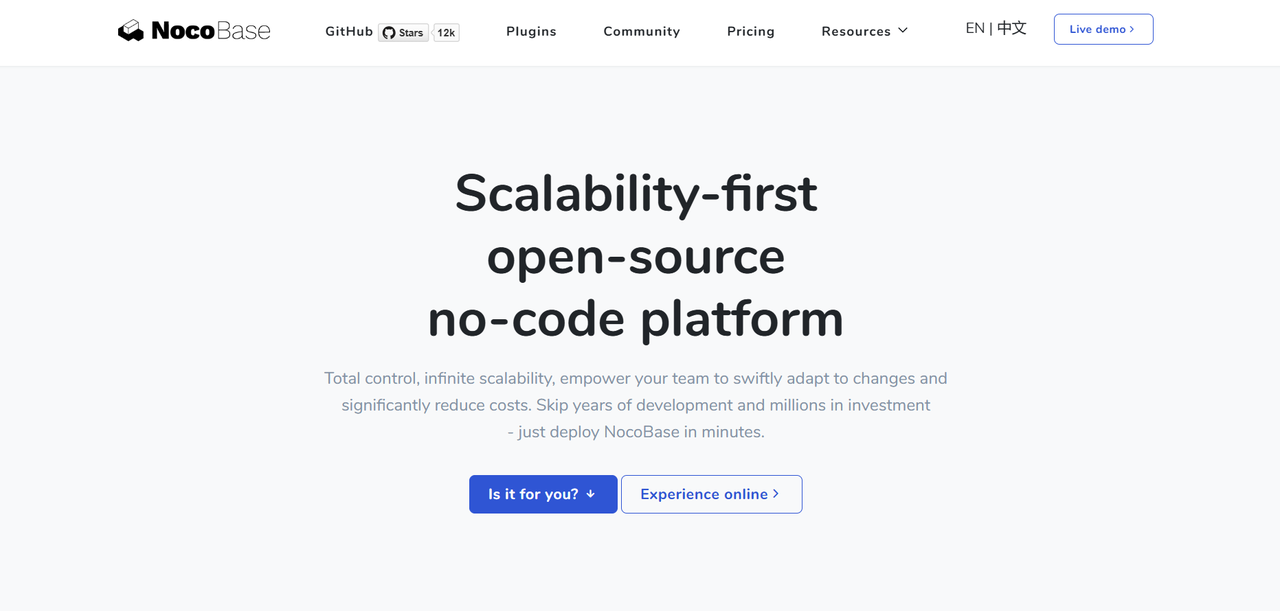Exploring RAD: 5 Best Application Cases
 Lucy Zhang
Lucy Zhang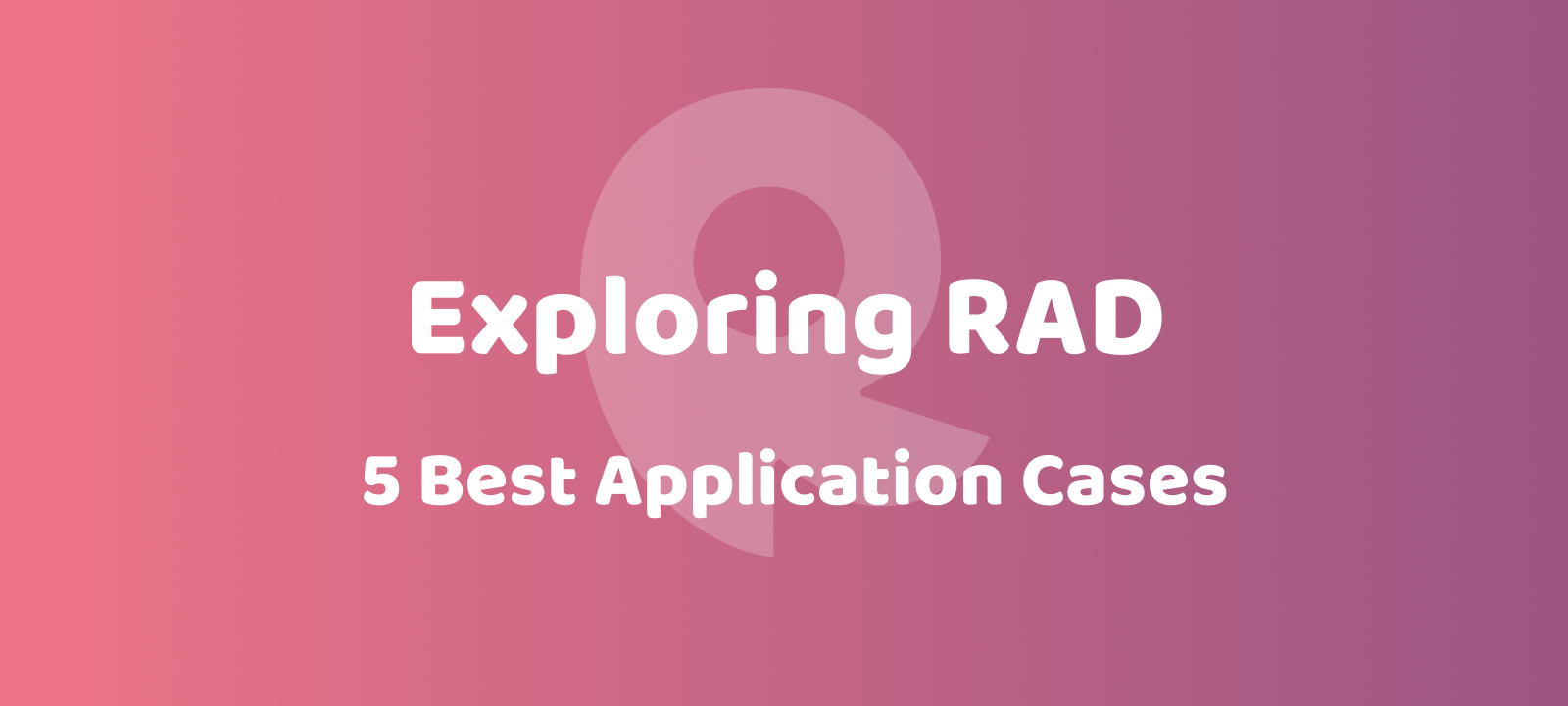
Originally published at Exploring RAD: 5 Best Application Cases - NocoBase.
Time is money!
In today’s rapidly evolving technological landscape, businesses face escalating challenges. Traditional application development methods often fall short of meeting the fast-paced market demands due to their complex processes and lengthy development cycles. In this context, Rapid Application Development (RAD) has emerged as a powerful tool for addressing modern business needs.
What is Rapid Application Development (RAD)?
Rapid Application Development (RAD) is an application development methodology focused on quick delivery and iteration. Its primary objective is to rapidly build and deploy applications by simplifying the development process and shortening development cycles to meet ever-changing business requirements. RAD emphasizes user involvement, prototyping, and fast feedback, enabling development teams to swiftly respond to market changes and refine product features.
Advantages of Rapid Application Development (RAD)
Accelerated Development Speed: Compared to traditional methods, RAD can deliver application prototypes within weeks or even days, allowing businesses to bring products to market faster.
Flexibility in Adapting to Change: User feedback and changing requirements can be quickly incorporated into the development process, enabling teams to adjust application features timely and ensure the final product meets user needs accurately.
Reduced Development Costs: By minimizing manual coding and repetitive development tasks through pre-built components and modular design, RAD allows developers to construct applications more efficiently, reducing overall development costs.
Common RAD Tools
Low-Code Platforms: Tools like OutSystems and NocoBase offer visual development environments that enable users to build applications through drag-and-drop operations, reducing the complexity of coding.
Prototyping Tools: Tools such as Axure and Balsamiq help teams quickly create and test application prototypes, gather user feedback, and make necessary adjustments during development.
Automated Testing Tools: Tools like Selenium and TestComplete support automated testing processes, ensuring application stability and functionality across different versions.
In a rapidly changing market environment, RAD is undoubtedly a key asset for businesses to meet challenges and achieve their objectives. This article will analyze five RAD tools from a best application perspective, helping developers find the optimal solution for their needs.
1. NocoBase
Features:
NocoBase is a highly flexible open-source no-code/low-code tool that helps developers quickly create and manage applications through an intuitive user interface and drag-and-drop functionality.
Intuitive Visual Interface: Provides a simple, WYSIWYG interface, allowing users to quickly create data tables, design user interfaces, and configure workflows through clicks.
Plugin-Based Architecture: Utilizes a microkernel and plugin-based architecture where all functionalities are provided through plugins, enabling customization and expansion of system features according to user needs.
Data Model-Driven: Users can flexibly customize data models according to business requirements, aligning with the underlying design of system development, optimizing data migration and processing workflows.
Application Case
University of Siena in Italy addressed the challenges of traditional education management systems using NocoBase’s low-code platform, achieving rapid development and deployment, data integration optimization, and enhanced user experience. This case demonstrates how RAD can provide efficient solutions in educational management through low-code platforms, meeting fast-changing needs.
Challenges
Inefficiencies and Poor User Experience: The traditional system was inefficient with a poor user interface, causing difficulties for teachers and students.
Data Integration Issues: Difficulty in integrating data across departments led to information silos, impacting overall management efficiency and data analysis capabilities.
Lack of Flexibility and Adaptability: The complex and time-consuming process of adjusting traditional systems made it hard to quickly respond to evolving requirements.
Solutions
Rapid Development and Deployment: NocoBase’s visual drag-and-drop interface and simple configuration enabled fast development and deployment of customized applications, significantly shortening development cycles.
Data Integration and Management: Seamless integration with MySQL improved data handling and query efficiency, facilitating large-scale data management.
Enhanced User Experience: The intuitive and customizable interface improved operational efficiency and user satisfaction.
Customer Feedback
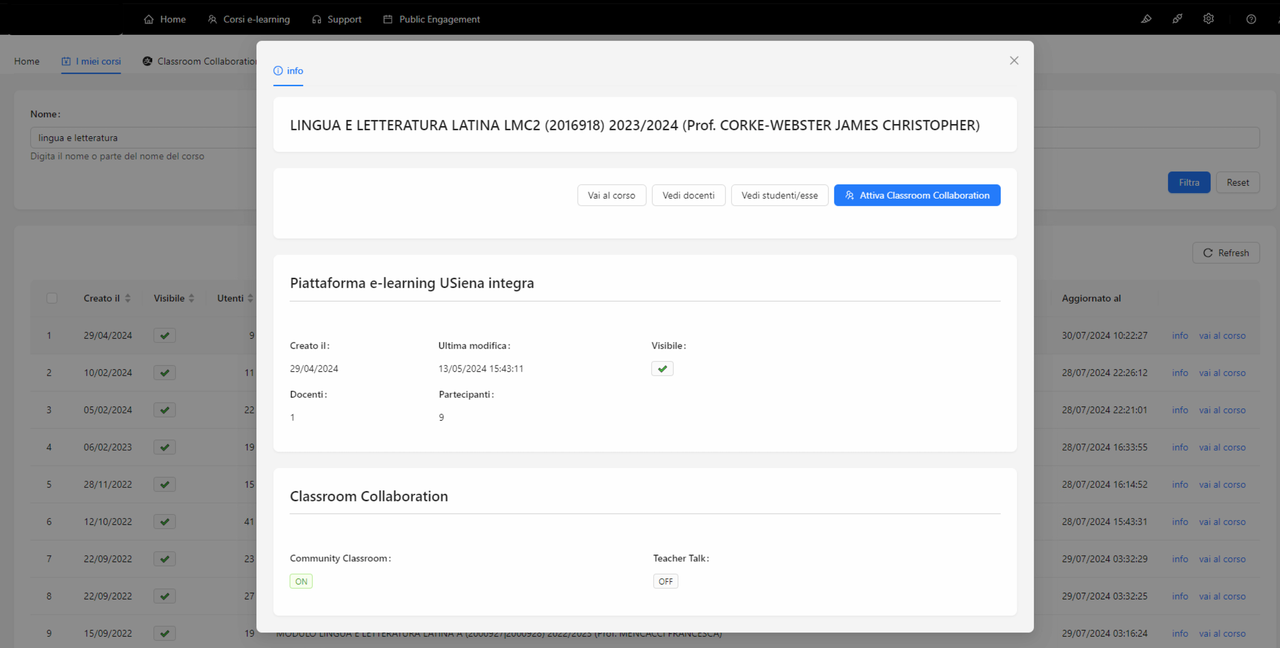
Accelerated Development and Deployment: University of Siena was able to quickly develop and deploy new education management applications, significantly reducing system update and feature adjustment time.
Improved Data Integration and Management: More efficient data integration and smoother information flow enhanced data analysis and decision-making capabilities. Seamless integration with the platform simplifies data management and sharing, fostering collaboration among team members.
Optimized User Experience: Interface improvements and streamlined processes enhanced online learning support services, reducing average waiting time for student assistance by 50% and improving teacher efficiency by nearly 30%.
Source:NocoBase Transforms Education Management at University of Siena - NocoBase
2. OutSystems
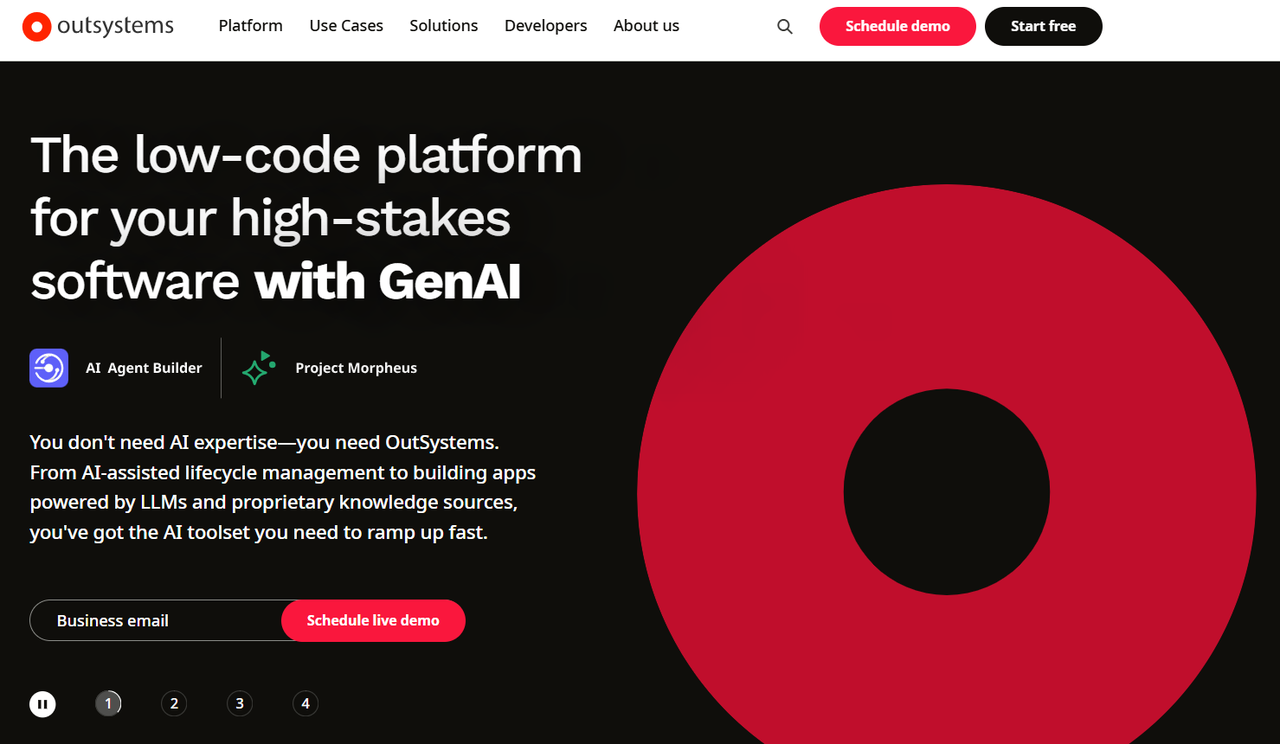
Features
OutSystems is a full-stack application development platform that leverages the power of visual, model-driven development services and AI-driven tools to support the rapid creation of applications.
Rapid Application Development: With RAD and low-code capabilities, OutSystems enables the completion of projects within days or weeks, from small departmental applications to mission-critical solutions.
Built-In Web Security Standards: Ensures that every application built adheres to the latest security standards, protecting data and operations.
99.95% Cloud Uptime: Designed for high performance and resilience, the infrastructure ensures applications are always available when needed, minimizing business disruptions.
Application Case
Financial technology provider Savana used OutSystems’ low-code platform to revolutionize banking operations, achieving three times faster feature releases and reducing UX development costs by 50%, launching a new loan service solution in just 5 weeks.

Challenges
Fragmented Systems: Banking operations were dispersed across various systems and platforms, leading to inefficiencies as backend staff switched between different customer service solutions.
Need for Rapid Response to Demand: Savana required a development approach that accelerated time-to-market to quickly respond to market changes and customer needs while enabling rapid product iterations based on user feedback.
Solutions
Powerful Integration Capabilities: OutSystems unified Savana’s legacy systems into a single API-driven digital delivery platform, facilitating seamless collaboration between different systems.
Low-Code Accelerated Development: OutSystems’ low-code approach allowed Savana to rapidly develop and deliver approximately 30 features in two weeks.
Financial Market-Level Security: OutSystems generates standards-based non-proprietary code, ensuring security throughout the development and deployment process.
Customer Feedback
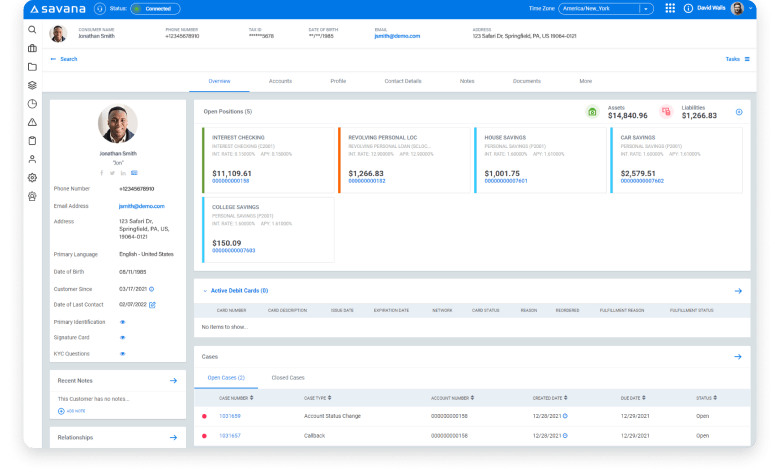
Accelerated UX Development: OutSystems quadrupled UX delivery speed and halved development costs.
Reduced Technical Defects: The visual development approach minimized coding errors and improved code quality and reliability through pre-tested UI templates and screen elements.
Enhanced Team Collaboration: The visual development environment facilitated effective communication and collaboration among product managers, business analysts, and developers.
Source:Savana Helps Financial Institutions Serve Customers Better
3. Mendix
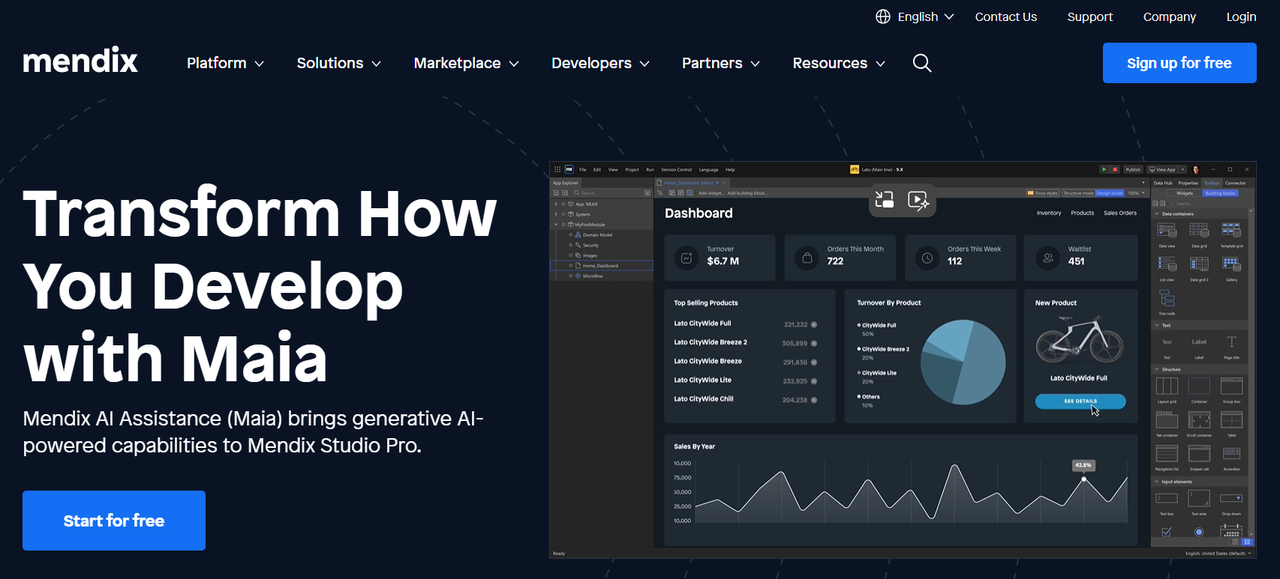
Features
Mendix is a feature-rich, flexible, and efficient development platform that focuses on accelerating application delivery through low-code development.
Visual Development Environment: Provides robust visual modeling tools, allowing developers to design business logic and user interfaces through a graphical interface.
Rapid Iterative Development: Supports agile development methods, enabling rapid iteration and improvement based on user feedback.
Powerful Integration Features: The platform’s APIs easily connect different systems and integrate data and logic from any source or service.
Application Case
Mendix assisted the City of Rotterdam in achieving its digital transformation goals by improving development efficiency, optimizing resource usage, and enhancing business responsiveness, injecting new vitality into the city's digital projects.

Challenges
Complex Systems and Requirements: Government agencies face complex internal systems and evolving business needs, requiring improved digital experiences for public interactions.
Resource Constraints: Traditional development methods demand significant resources and time, which is unrealistic for resource-limited government departments.
Data Privacy Challenges: Strict data privacy regulations limit the ability to collaborate with external partners for solution development.
Solutions
Low-Code Platform: Mendix provided a platform with a mature framework for low-code implementation, easily followed by the information management (IM) team.
Agile Development Methods: Mendix’s support for agile development allowed Rotterdam to rapidly iterate and adjust applications to meet changing business needs.
Customer Feedback
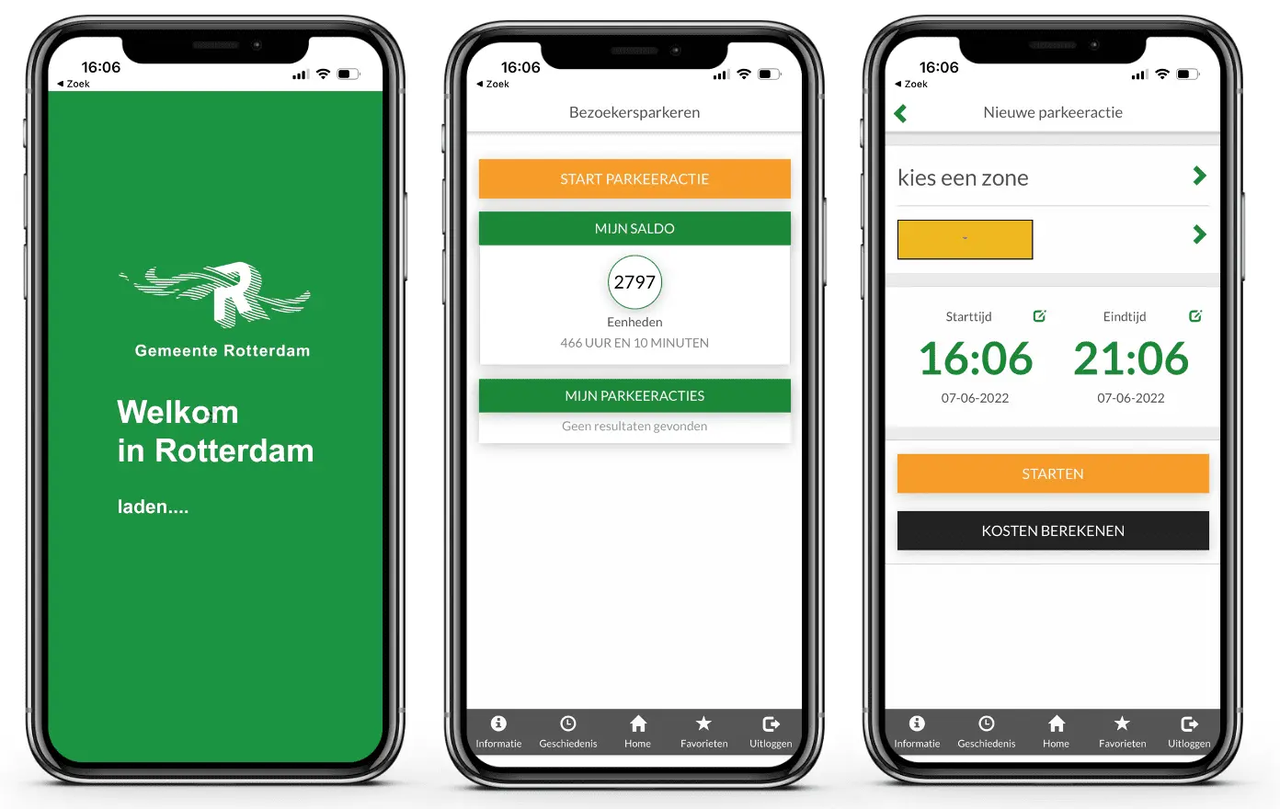
Increased Development Speed: Mendix significantly reduced application development and deployment times, delivering over 100 applications in four years, positively impacting over 500,000 residents.
Meaningful Citizen Engagement: Consistent digital interfaces improved interactions between departments and citizens, providing key solutions like RBP parking management and trashR waste collection.
Rapid Response During Crises: During the COVID-19 pandemic, Rotterdam’s RAD team swiftly developed solutions like digital service counters.
Source:The City of Rotterdam Empowers Development at Scale
4. Appian
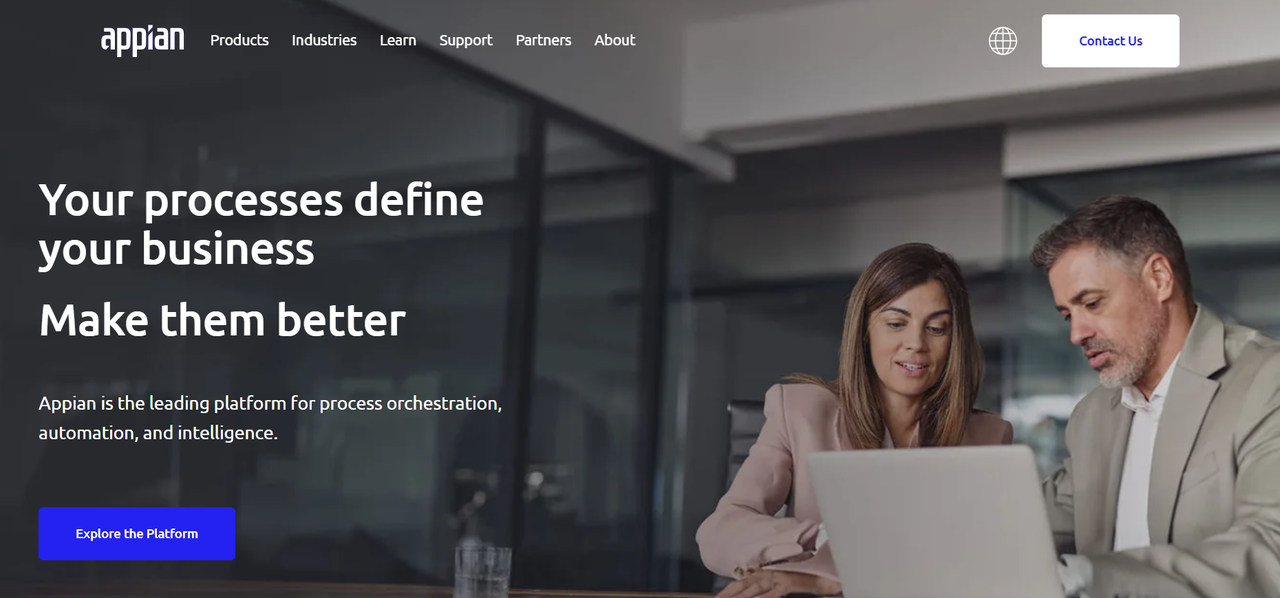
Features
Appian is a RAD tool that integrates low-code development with business process management. It is a leading platform for process orchestration, automation, and intelligence, designed to simplify the development of complex applications.
Robust Integration Capabilities: Supports seamless connectivity with various third-party systems and data sources, offering rich APIs and integration tools for connecting existing systems and applications with the Appian platform.
Low-Code Development: Provides a low-code development environment with a visual drag-and-drop interface, enabling users to easily design application interfaces and logic.
Artificial Intelligence: Utilizes AI and machine learning to offer intelligent suggestions, enhancing development efficiency and application intelligence.
Application Case
NatWest implemented Appian to resolve core challenges in traditional banking operations, achieving significant progress in customer experience, process efficiency, and compliance, showcasing RAD’s potential for driving business transformation and innovation in large enterprises.
Challenges
High Customer Expectations: Bank customers have high expectations for the security, speed, and efficiency of financial processes.
Strict Regulations: NatWest faced multi-layered internal review and approval challenges in a heavily regulated financial environment.
Cumbersome Governance Processes: Policy changes could take 3 to 4 weeks and require three to four months for all necessary changes and risk assessments.
Solutions
Unified Data Model: Leveraged Appian’s Data Fabric to create a unified data model integrating 14 disconnected processes.
Process Automation: Automated many complex business processes through Appian, reducing manual operations and errors, and improving processing speed and efficiency.
Rapid Iteration: Appian’s visual tools and intelligent features allowed NatWest to provide faster, more convenient services and accelerate product iterations.
Customer Feedback
Improved Employee Experience: Enhanced employee satisfaction by reducing frustration from manual and time-consuming processes.
Transparent Governance: Automated change governance improved record-keeping and ensured transparent governance.
Accelerated Innovation: Accelerated the process from ideation to value delivery, improving customer outcomes and satisfaction.
Source:NatWest
5. Betty Blocks
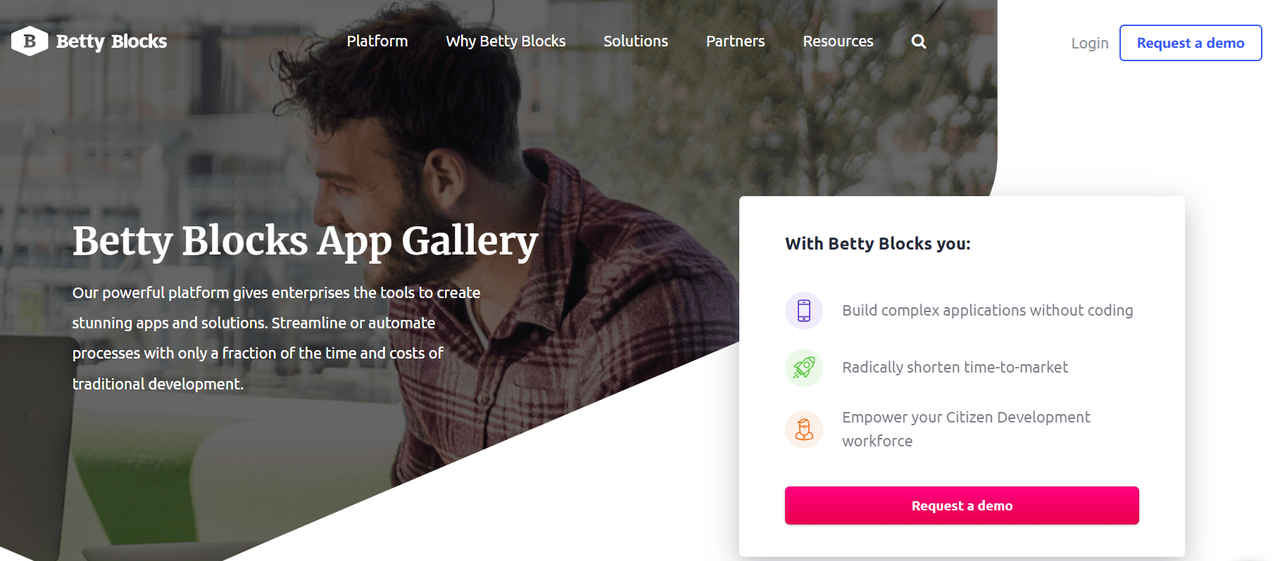
Features
Betty Blocks is a low-code application development tool that uses a drag-and-drop application builder to create business applications, focusing on helping users quickly build and deploy applications without requiring coding experience.
Rapid Development and Deployment: Provides a low-code development environment with a rich set of pre-built components and modules, minimizing manual coding needs and speeding up development.
Flexibility and Customization: Allows users to develop applications modularly and customize and expand according to business requirements.
Real-Time Collaboration: Offers real-time collaboration features, enabling team members to share and discuss modifications during application development.
Application Case
Clifford Chance, a leading global law firm, used Betty Blocks’ low-code platform to effectively address the limitations of traditional systems and complex business processes, achieving rapid development and deployment, demonstrating RAD’s potential in enhancing business agility and solving complex challenges.
Challenges
Increased Workload: Faced with rising workloads and reduced manpower, Clifford Chance struggled to adapt quickly to changing business needs.
Slow Digital Transformation: Existing systems were slow to update and modify, hindering the ability to develop and deploy new features to support business growth and efficiency.
Need for Rapid Development: Clients’ needs and market changes required the firm to quickly adapt and offer customized solutions.
Solutions
Low-Code/No-Code Strategy: Clifford Chance utilized Betty Blocks’ visual tools and low-code features for rapid application development and deployment.
Automated Processes: The platform supported automating complex business processes such as document handling and approval workflows, reducing manual intervention and improving efficiency.
Powerful Integration: Betty Blocks’ integration capabilities ensured that new solutions seamlessly connected with the existing IT environment.
Customer Feedback
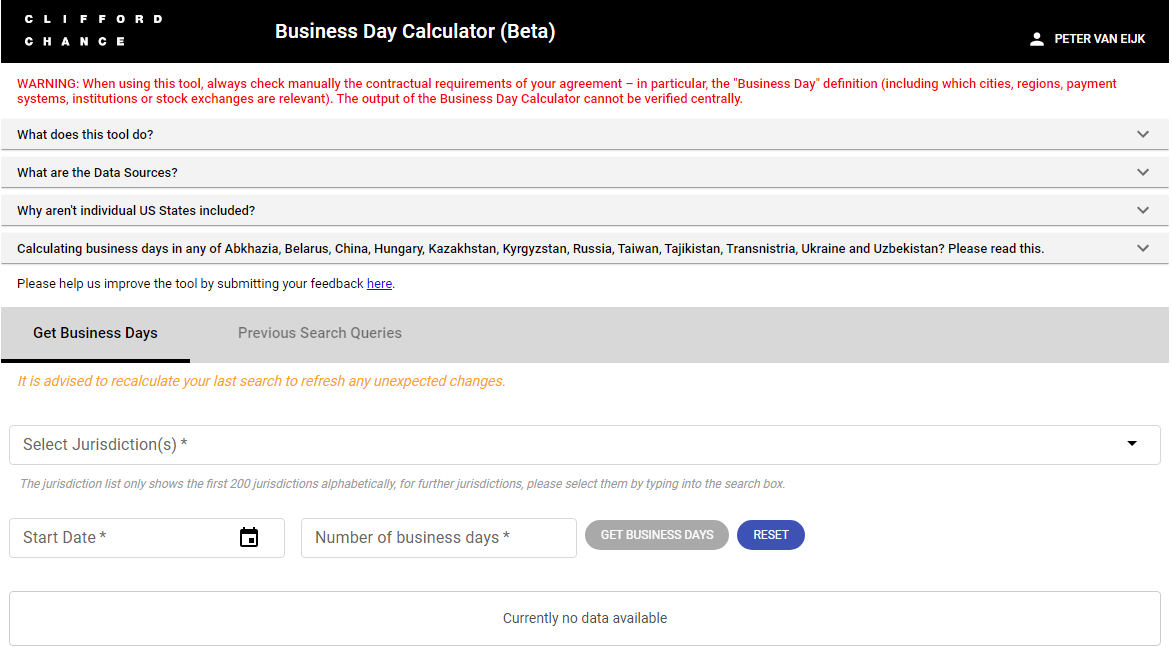
Significant Efficiency Gains: Replacing time-consuming and error-prone processes led to a 45-60% increase in internal efficiency.
Faster Time-to-Market: Accelerated application development lifecycle resulted in greater business enthusiasm, with applications launched within three months.
Easy Data Access: Accurate and easily accessible data was crucial for improving efficiency and developing more personalized services.
Source:www.bettyblocks.com
Conclusion
RAD, as an efficient development methodology, is increasingly aiding businesses in achieving rapid innovation and digital transformation. With ongoing technological advancements and fast-evolving market environments, RAD will continue to be a key tool for driving sustained business growth and competitive advantage.
Selecting the right RAD tool can significantly enhance development efficiency, reduce time-to-market, and better meet business needs. This article aims to help you understand different RAD tools and best practice experiences, enabling you to find the optimal solution for your development requirements.
Subscribe to my newsletter
Read articles from Lucy Zhang directly inside your inbox. Subscribe to the newsletter, and don't miss out.
Written by

